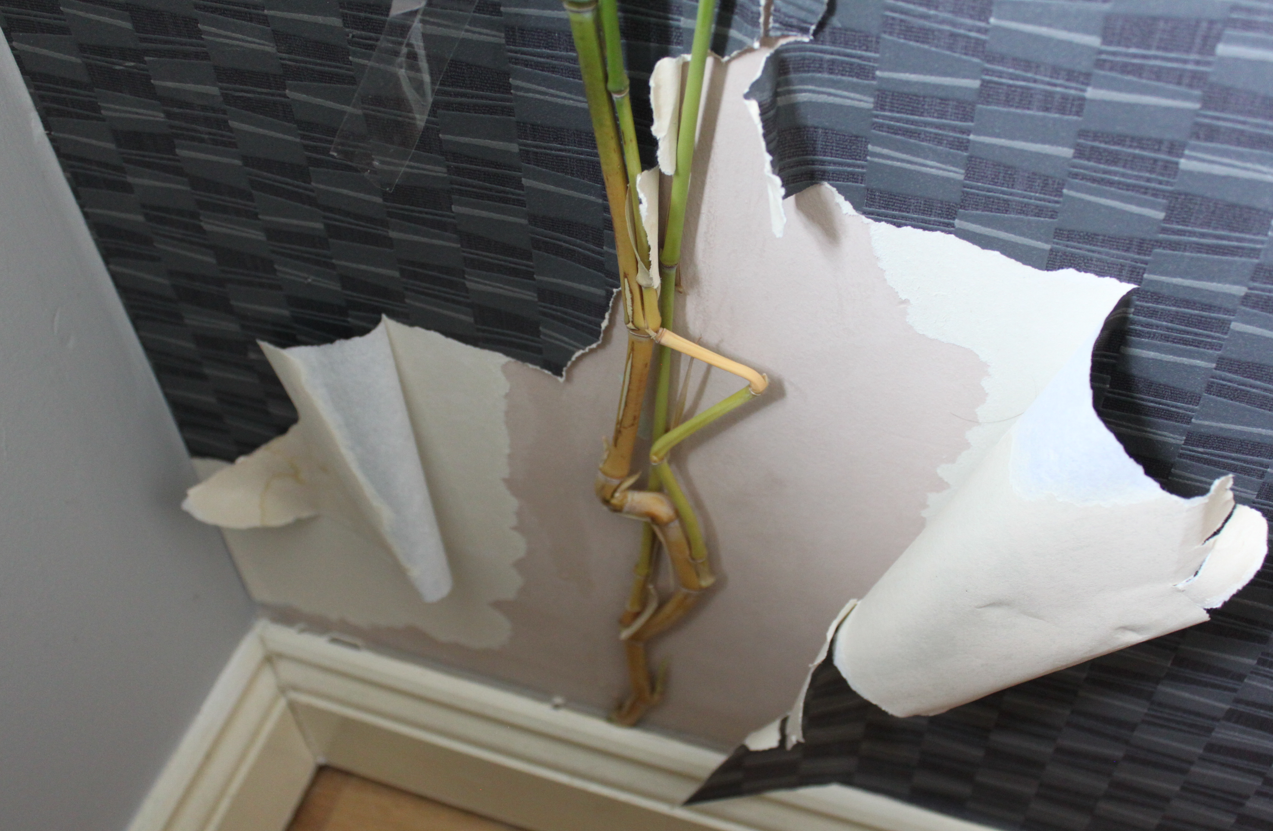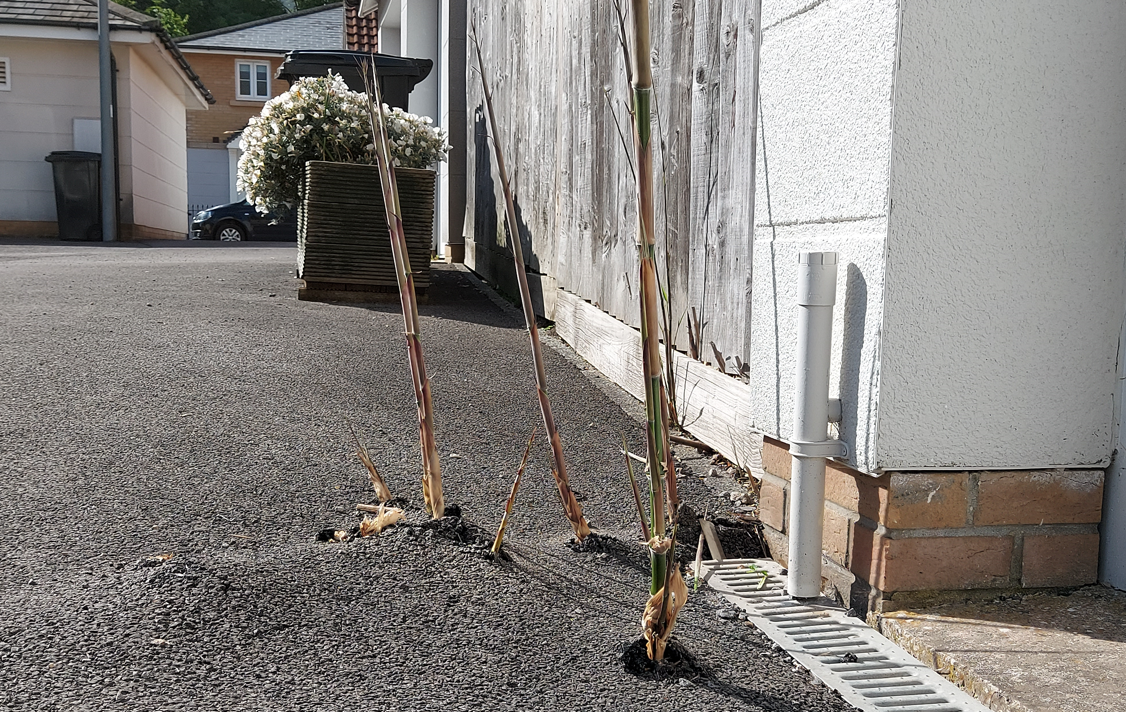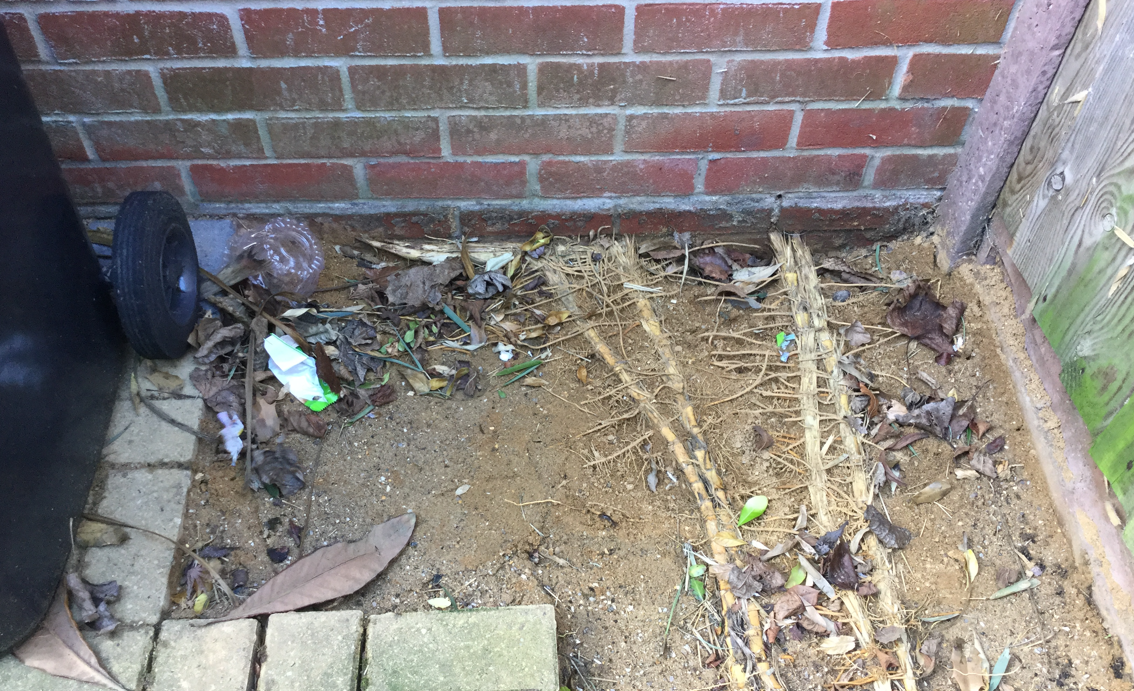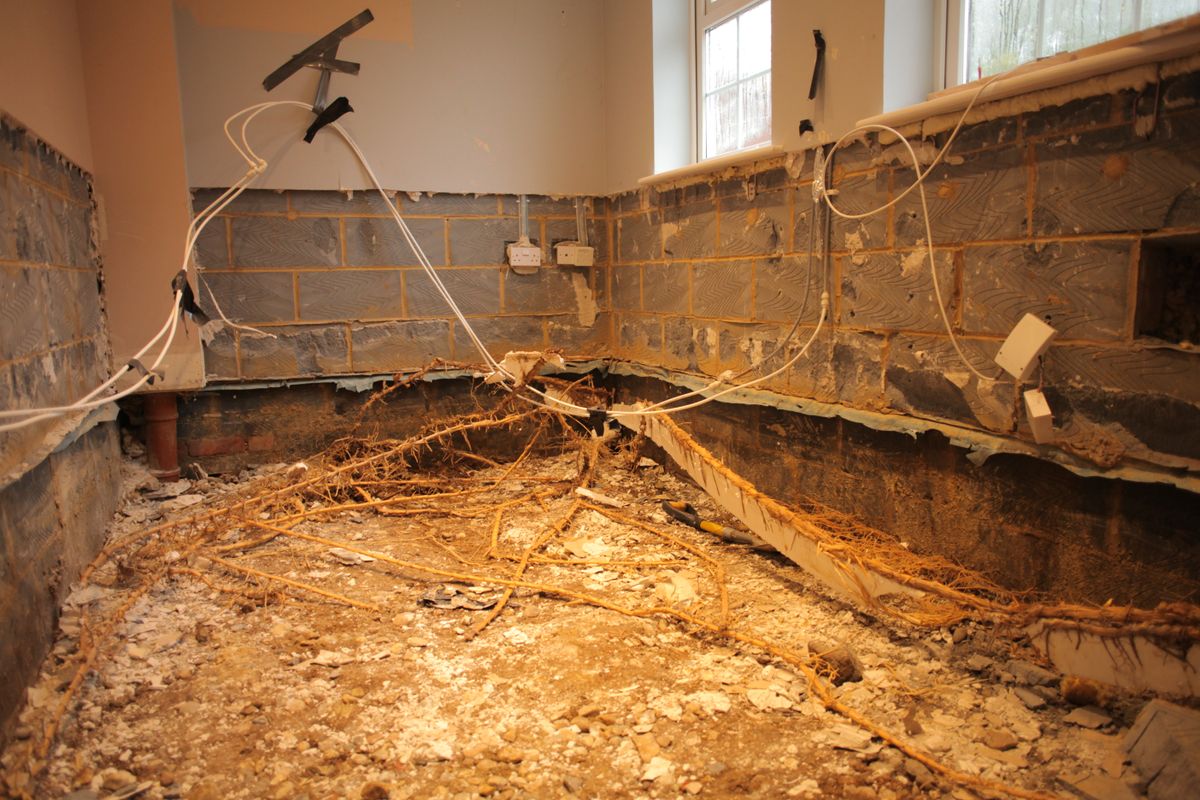Homeowners are being warned over planting the wrong type of bamboo after images emerged showing the potentially invasive plant growing up through walls.
Bamboo is commonly planted in borders and along boundary fences and is hardy, fast-growing, and grows in most soil types. However, while some types are relatively safe to plant, others have the ability to punch through brickwork, drains, patios, cavity walls and even cracks or weaknesses in concrete foundations.
Bamboo is increasingly being flagged by surveyors as an issue when affected properties are bought and sold, forcing sellers to either take action to remove it or accept a discount on the price to reflect removal costs.
Why should you be concerned about bamboo?
Emily Grant, director of invasive plant specialist Environet, said: “People are only now waking up to the problems posed by bamboo. It was very popular in the 1990s and the turn of the century, particularly for its screening qualities where gardens are overlooked, and some varieties take years before they begin to spread.
“We regularly deal with entire gardens that are a mass of bamboo rhizome, where homeowners have desperately tried to keep on top of the problem by cutting back or mowing new shoots as they emerge. But once it’s on the run, the only way to deal with it properly is to excavate the root ball and dig out every lateral rhizome, which often means crossing into neighbouring gardens.
“It’s becoming more common to see bamboo growing inside our homes. I wouldn’t be surprised if mortgage lenders start to look more closely at the issue and impose lending restrictions, similar to those for Japanese knotweed. That would at least provide some protection to innocent homebuyers who unwittingly inherit a problem that could subject them to costly removal work and even a legal claim.”
Between June and December 2023, Environet saw a 55% annual increase in enquiries for how to kill bamboo relating to property transactions.
Bring your dream home to life with expert advice, how to guides and design inspiration. Sign up for our newsletter and get two free tickets to a Homebuilding & Renovating Show near you.

‘Bamboo damage was only a matter of time’
First time buyer Lois Connelly, an NHS worker, was in the process of buying a terraced house in Bristol in autumn 2023 when her homebuyer report raised an issue with bamboo in the front and back gardens, advising her to seek expert advice.
Lois said: “It was my sister who spotted the bamboo initially when we viewed the property. It had been planted directly into the ground in both the back and front gardens.
“Although it had been cut back, we could see it had spread and was growing right up against the house on both sides. When the surveyor flagged it up on his report, recommending that it be checked by an expert, I realised I was going to have to do something about it.”
A survey undertaken by Environet determined that the bamboo was a ‘running’ variety which was already posing a threat to underground services, including pipes and drains, and had begun to encroach into the neighbouring property.

Lois requested a reduction in the price agreed to fund the professional bamboo removal work. Advised by their estate agent, the vendor refused at first, feeling the work was unnecessary. Only when she withdrew her offer, did the seller finally agree to a price reduction covering half of the removal costs.
Lois said, “The bamboo was already on the run and it was only a matter of time until it started causing damage to the property. As it was already encroaching into next door’s garden, I was also worried about the risk of a legal case against me as the new homeowner.
“To me, this situation really highlights the lack of awareness around invasive bamboo, as even the seller’s estate agent didn’t seem to recognise the problem at first. I would advise anyone buying a property with bamboo in the garden to have a professional survey done and if necessary, be prepared to walk away if the seller won’t resolve it.”
In 2022, at a property in Hampshire, a bamboo infestation that had spread from next door exploited a weakness in the foundations of a property to emerge through the floor in the living room, hall and kitchen, resulting in the excavation of the entire ground floor at a cost of more than £100,000.

Bamboo is removed by excavating the root ball from the ground and removing every long lateral rhizome from the ground.
Even if they’re severed, any rhizomes left behind will regrow via new shoots emerging from the nodes that grow along the stem. It typically costs around £3,500+VAT to remove bamboo from a home. You can read more on how to kill bamboo in our guide

